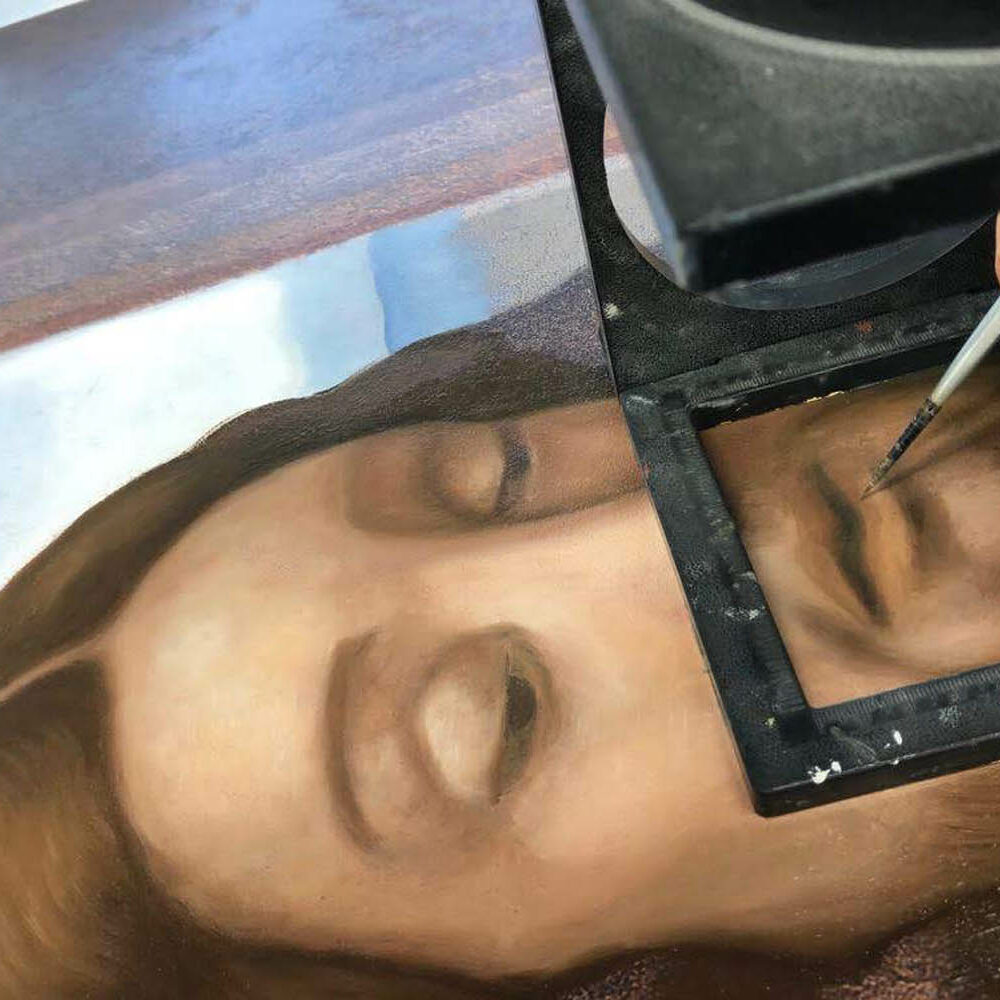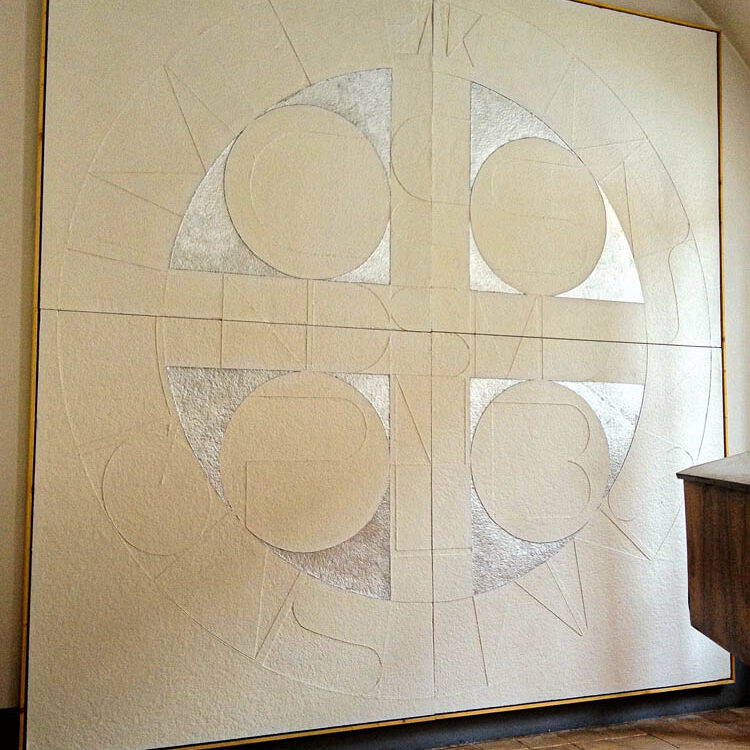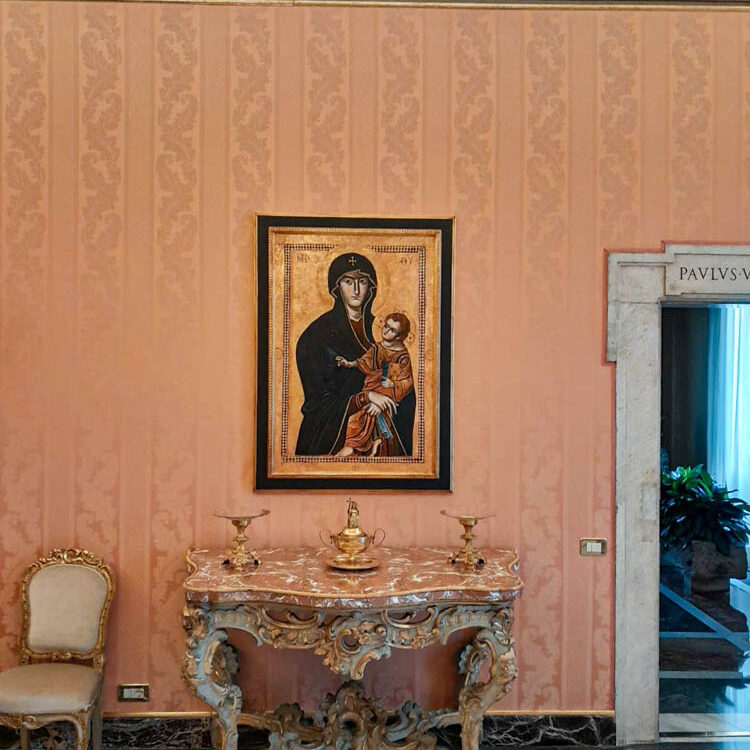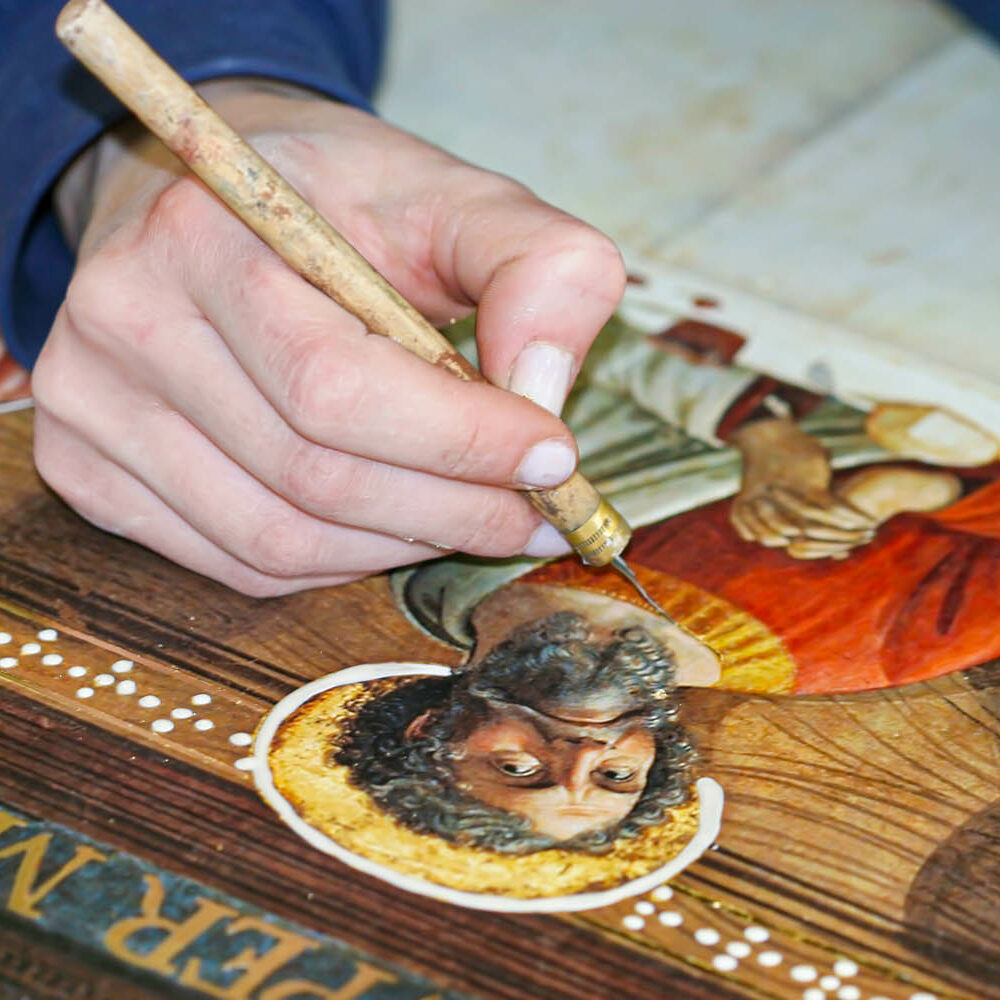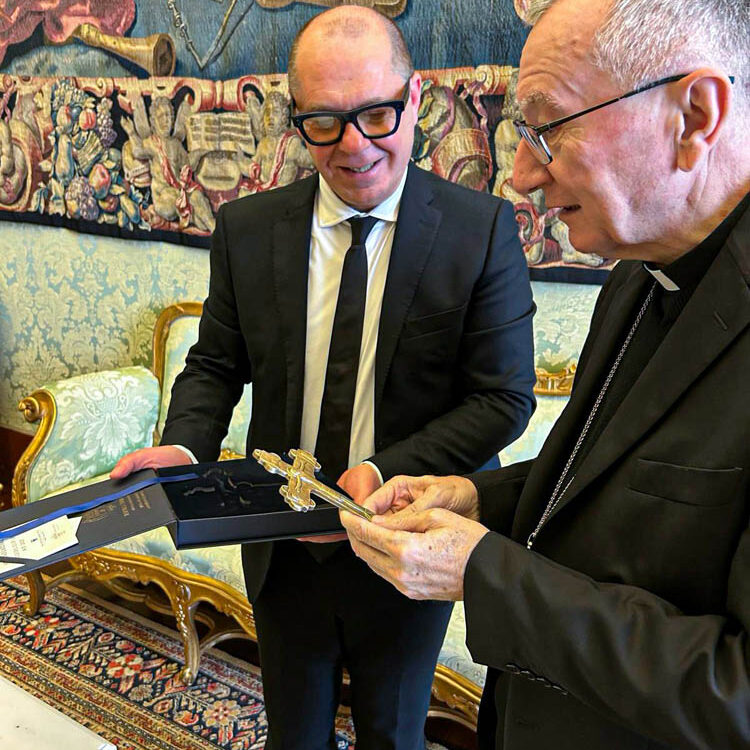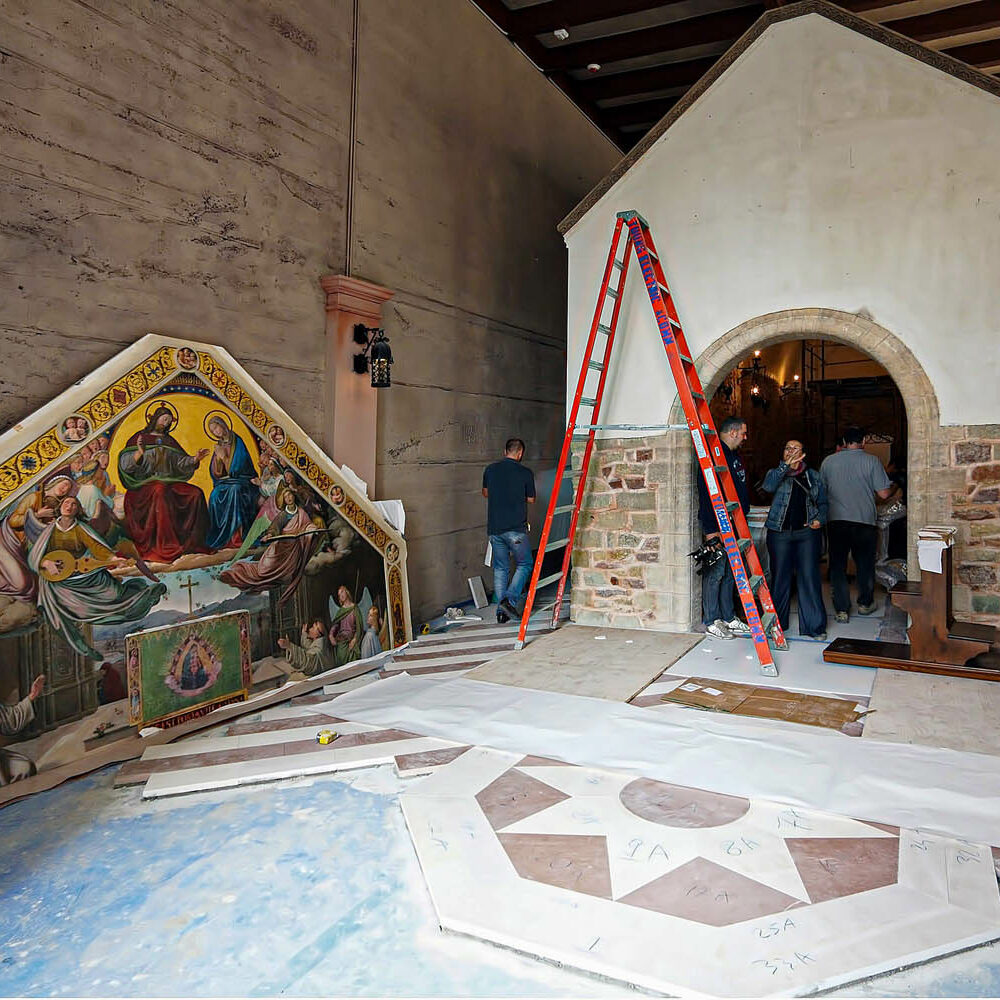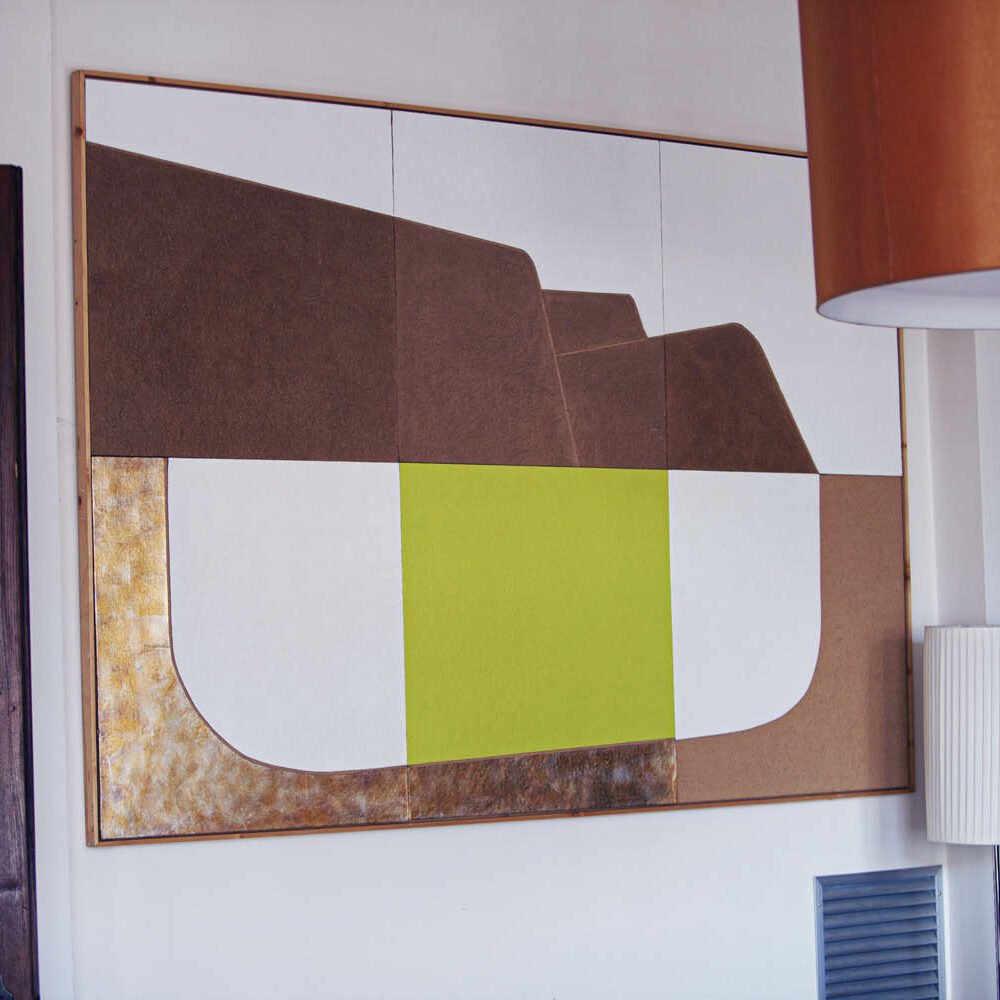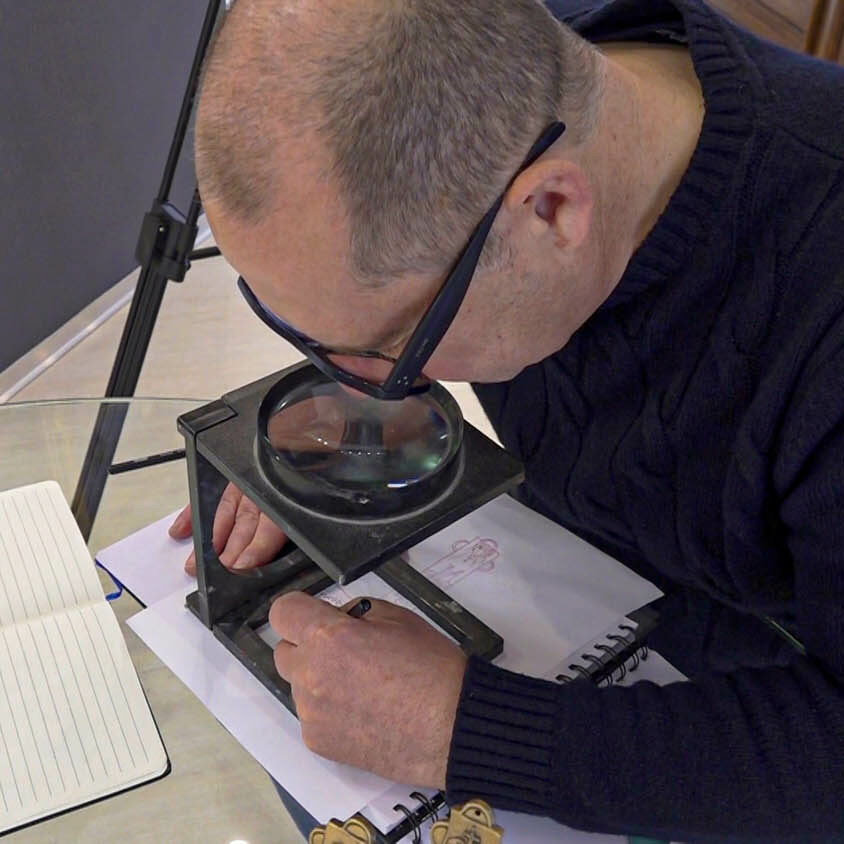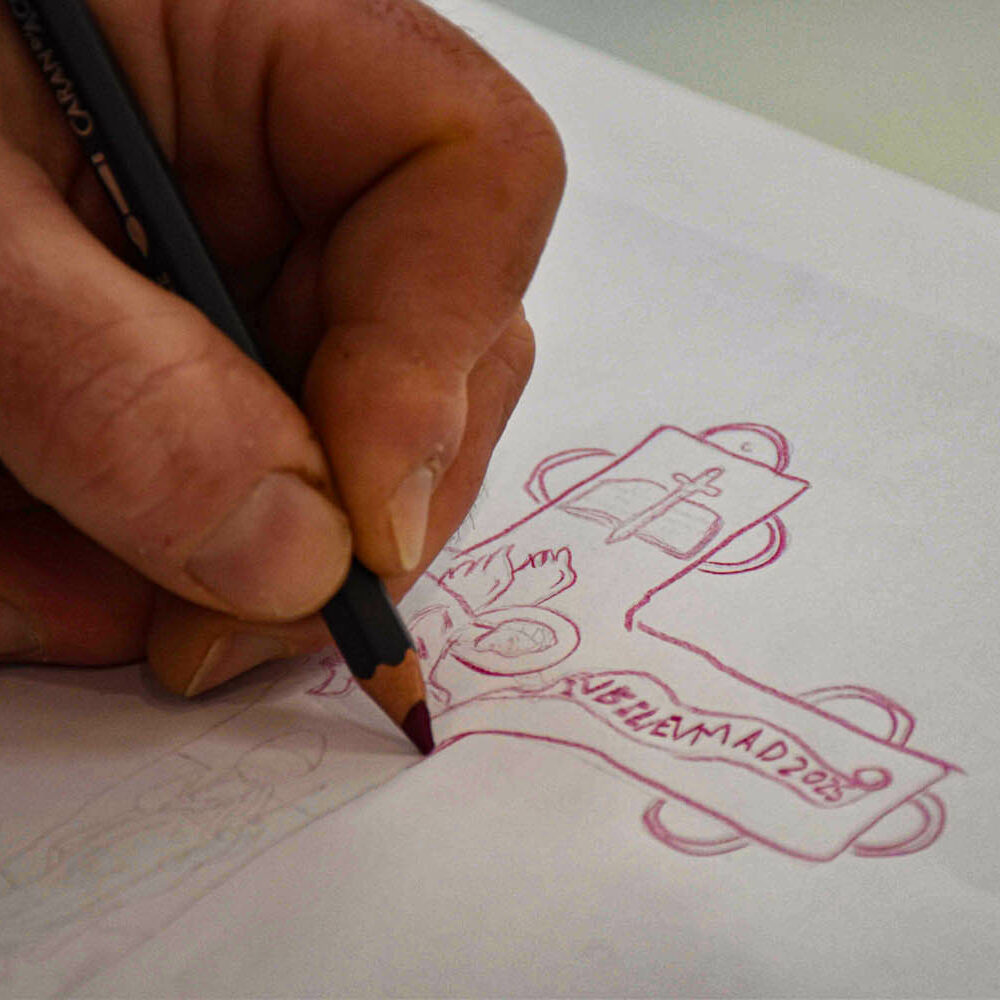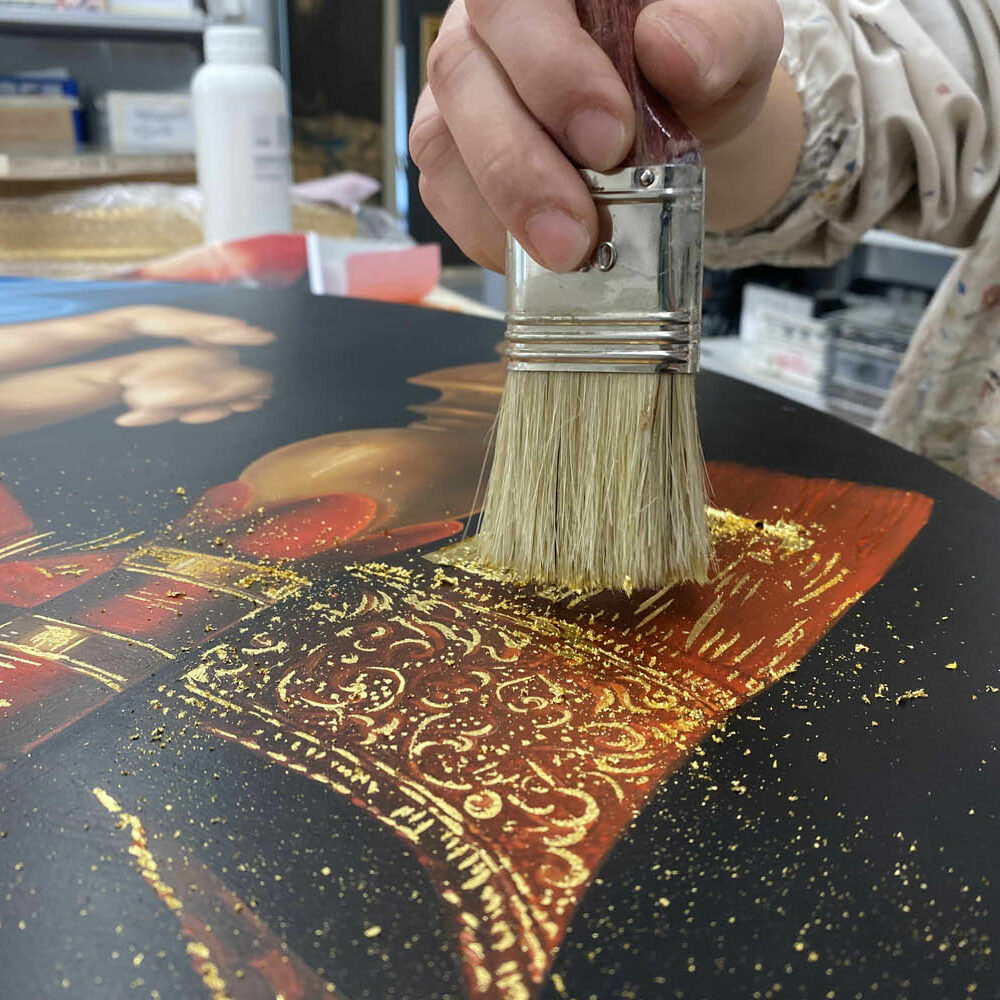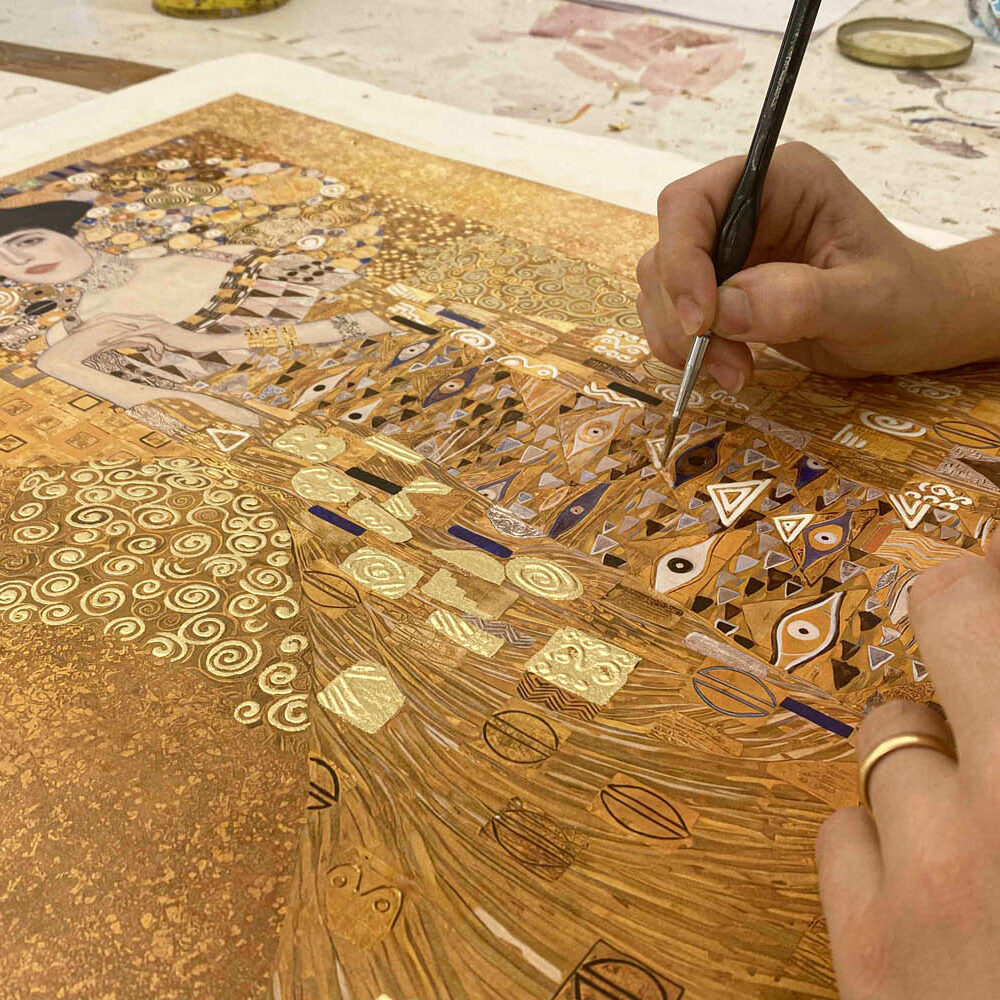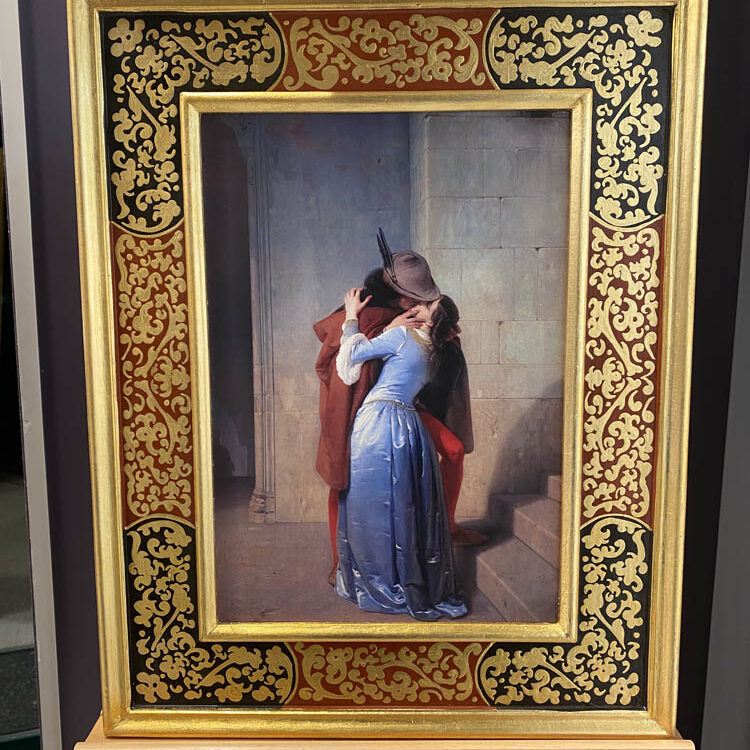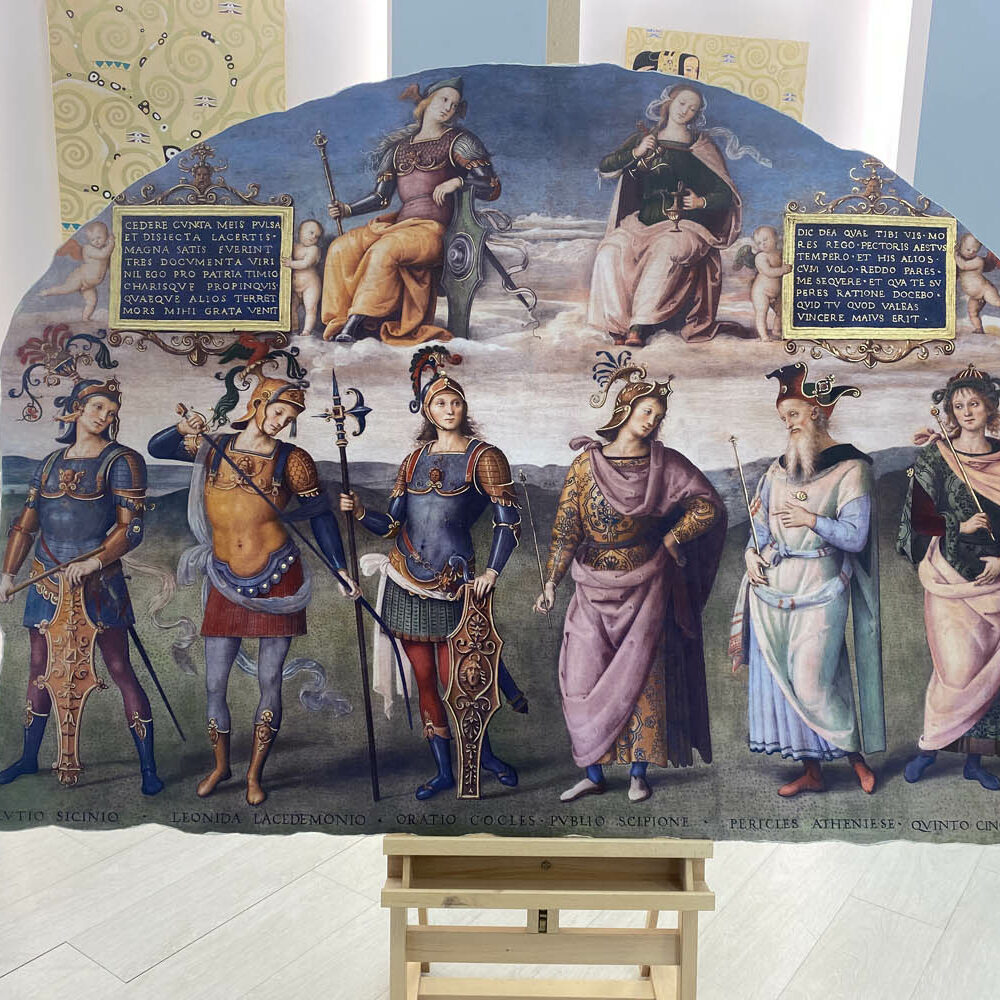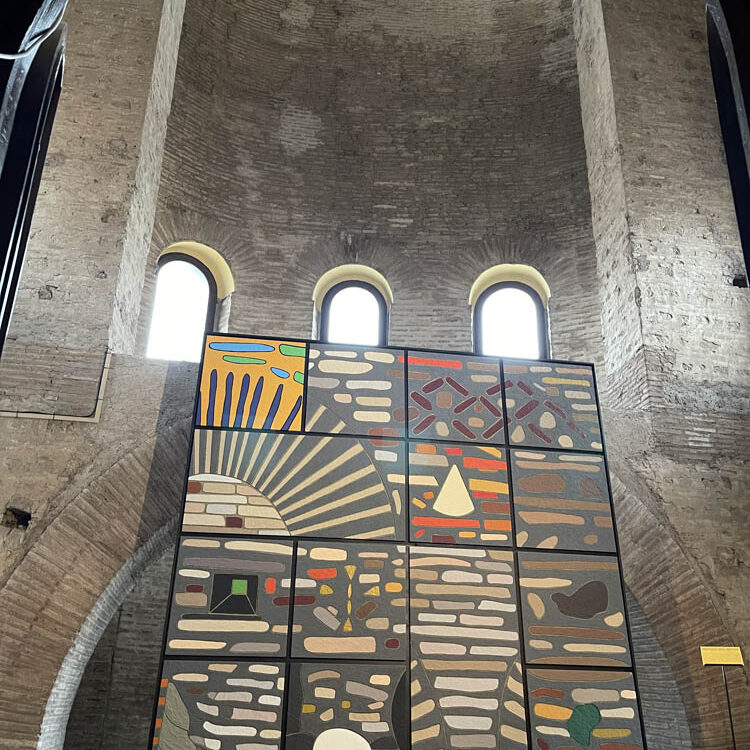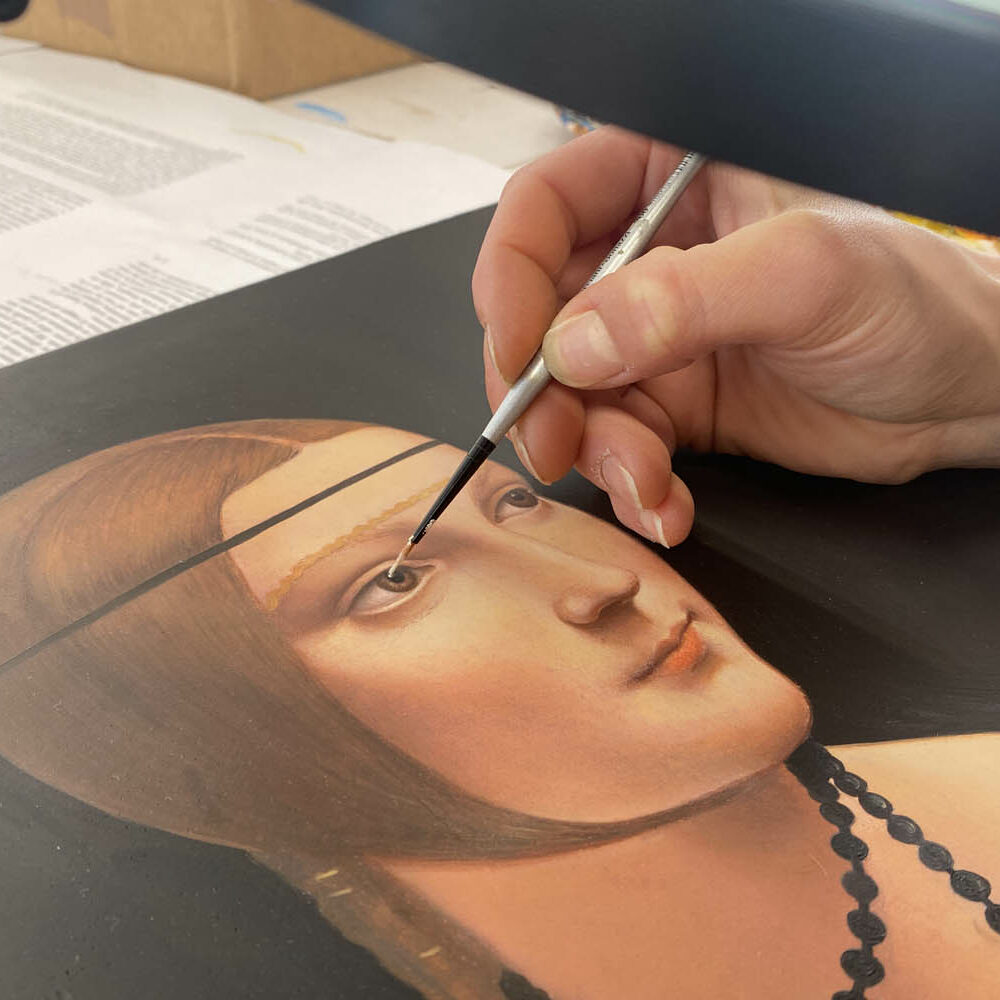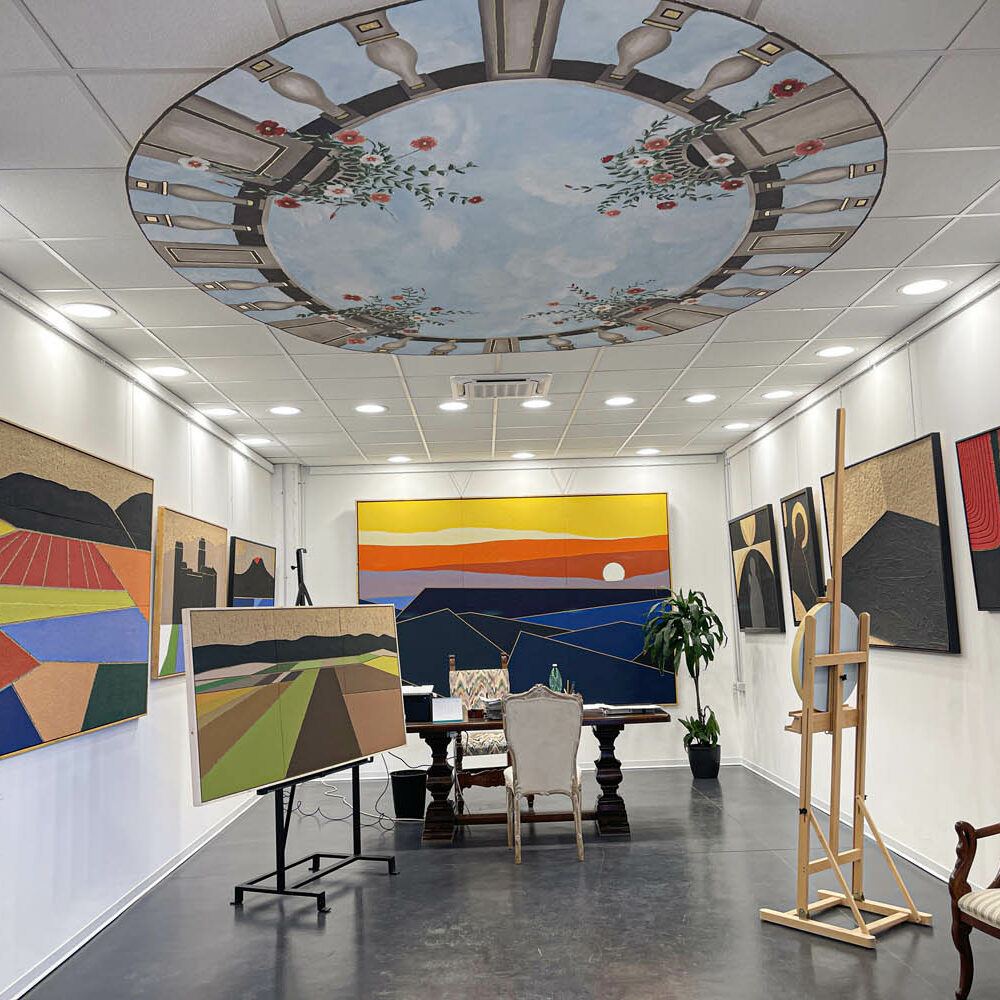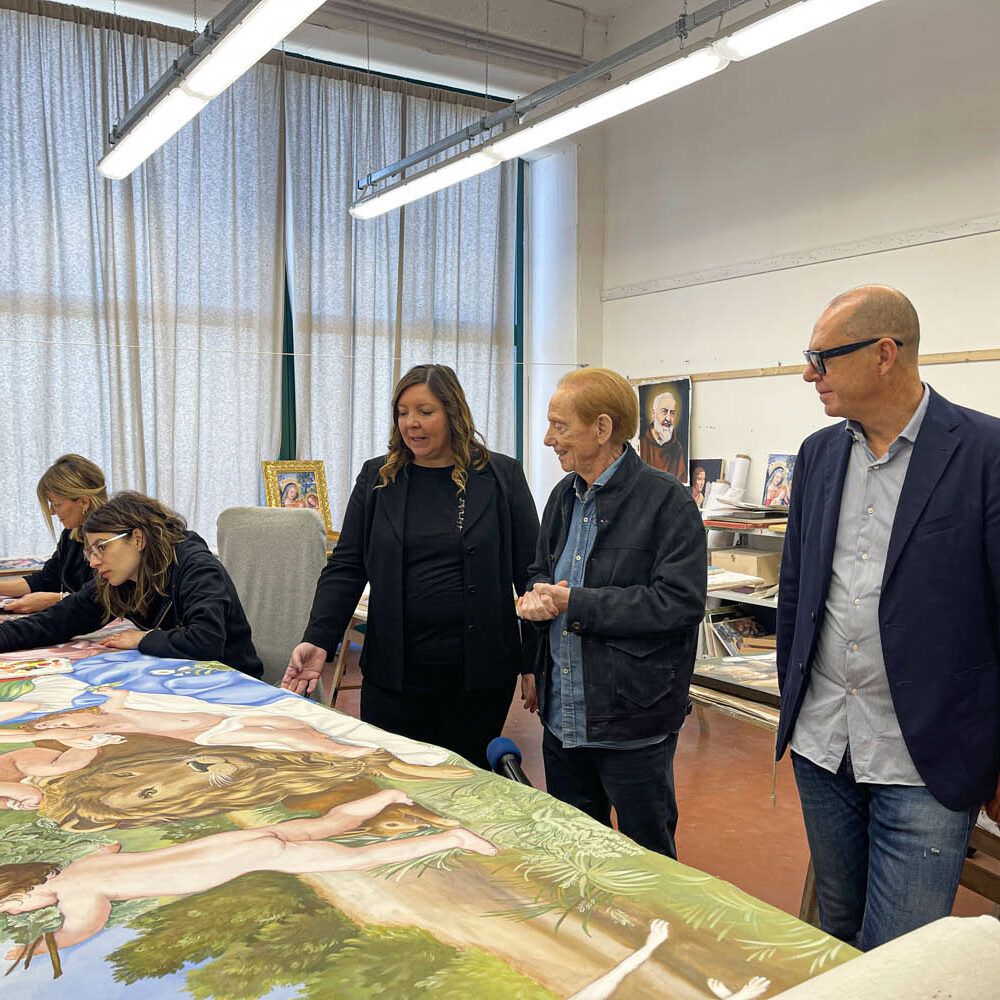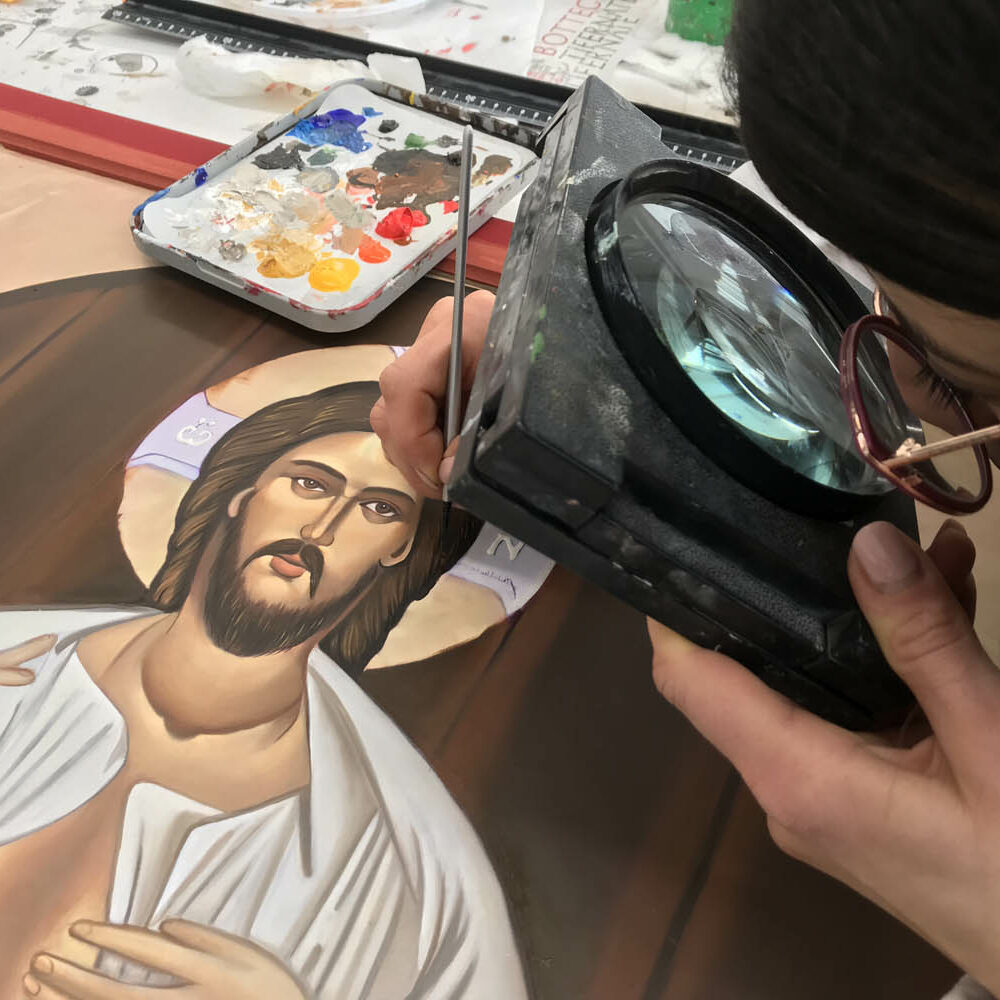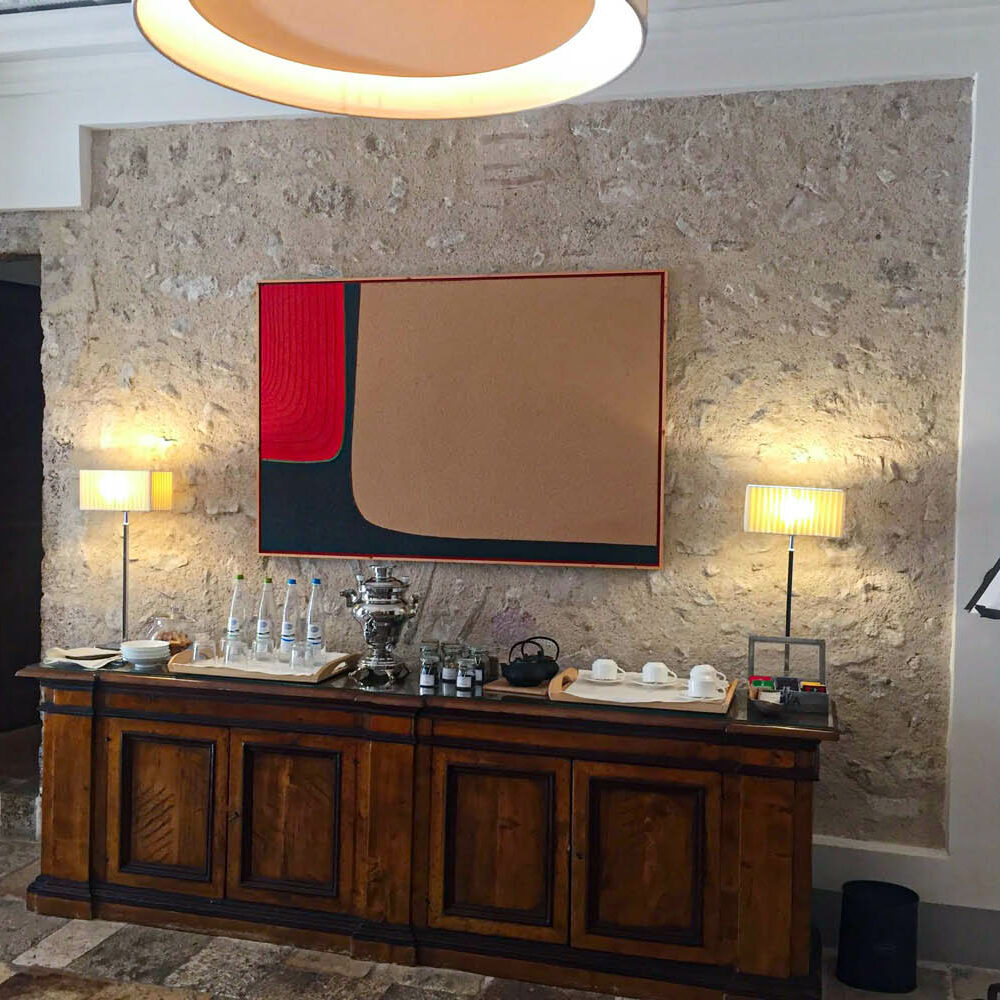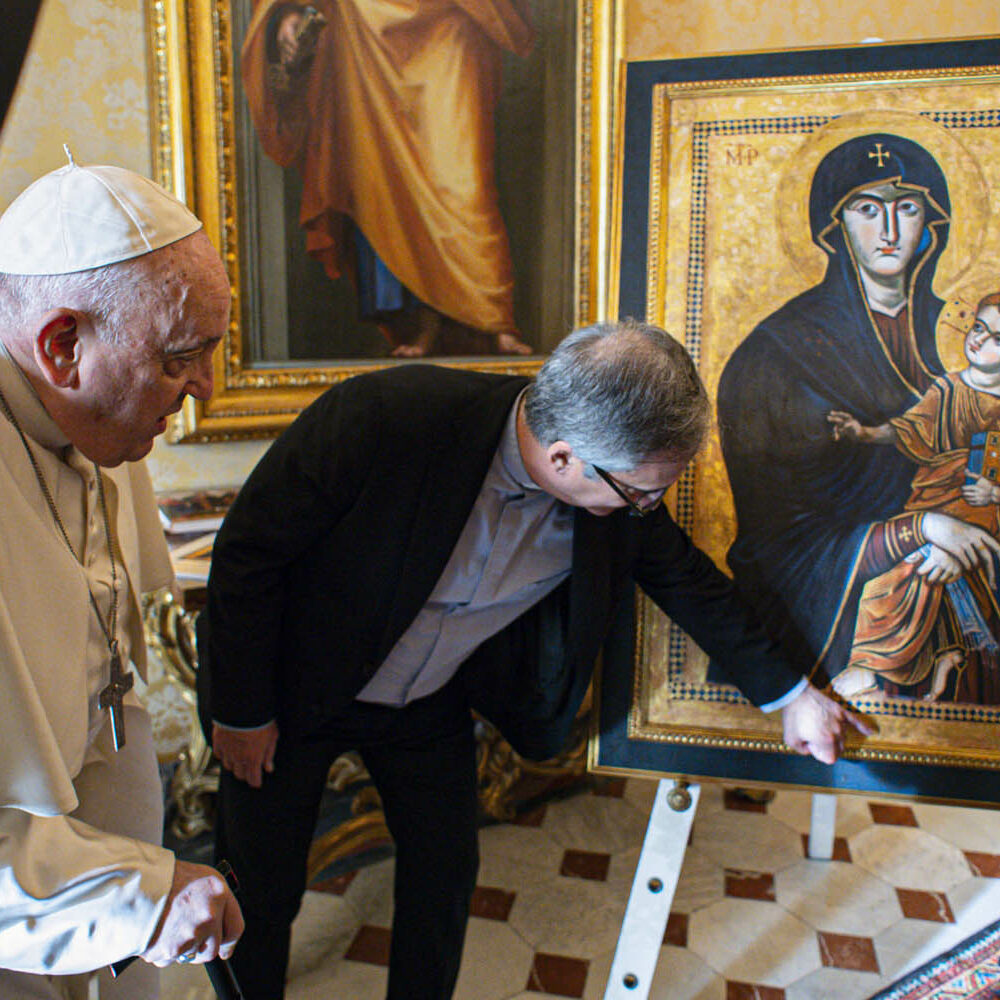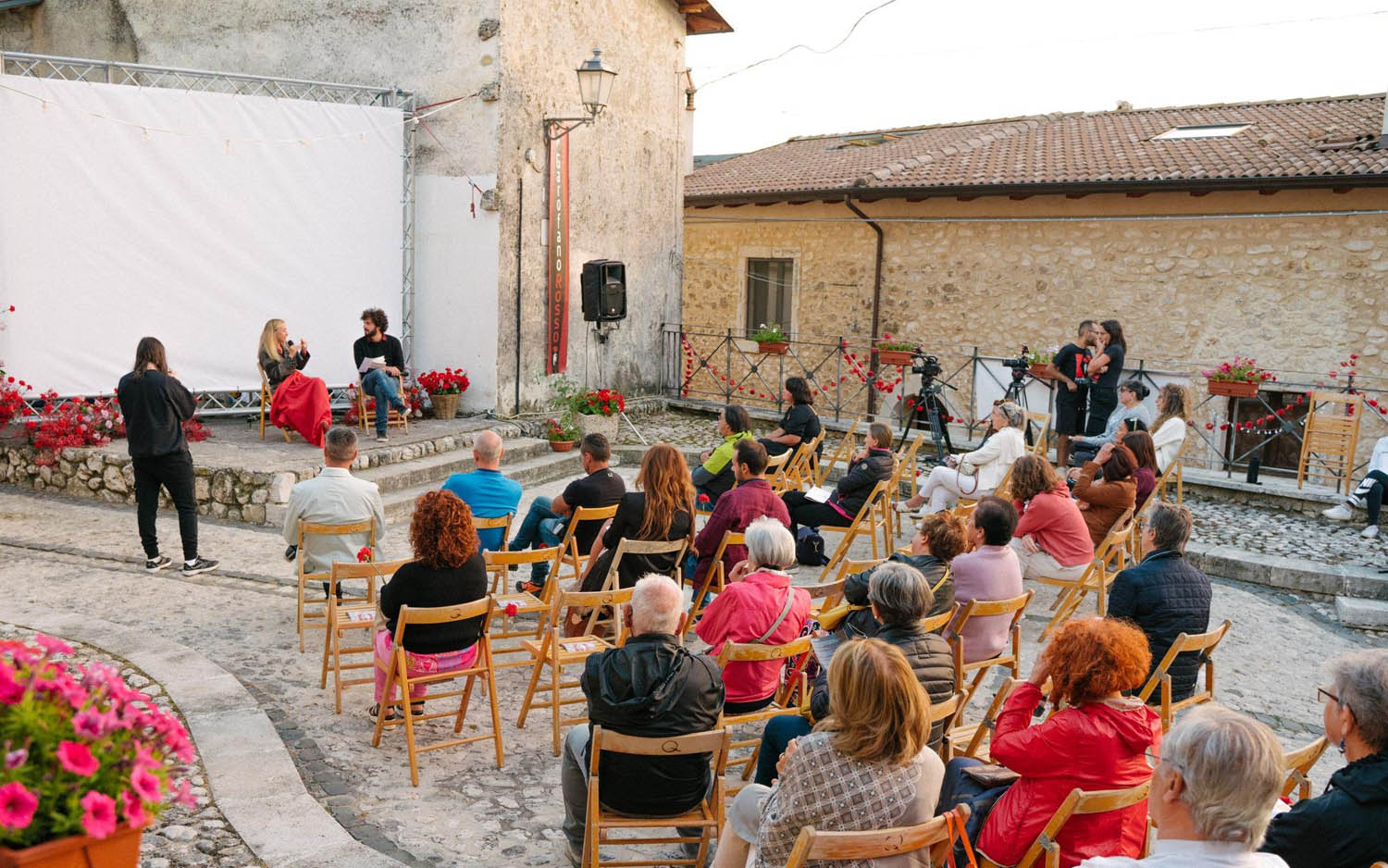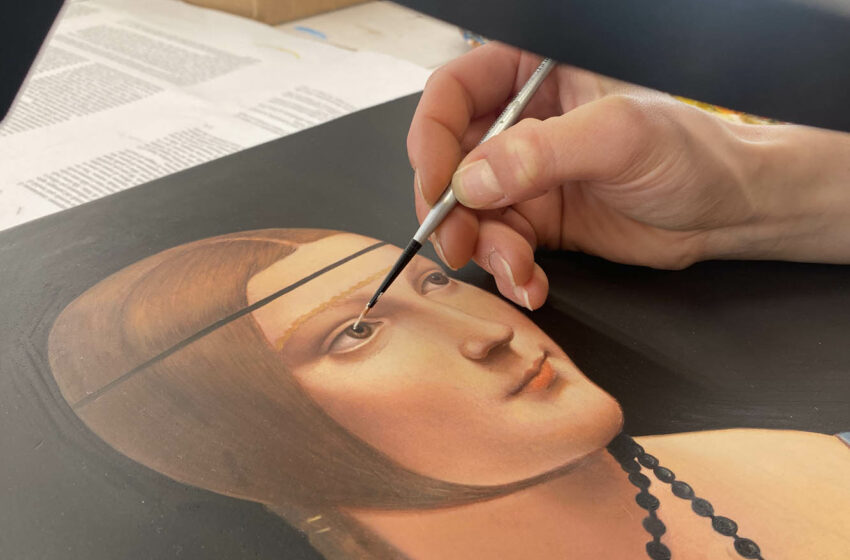
Bottega Tifernate: an Umbrian Excellence in the World
Today our “success story” is set in Città di Castello (PG), to which we will soon dedicate an article, and the protagonist is Master Stefano Lazzari, one of Pope Francis’ favorite artists. In 2024, he recreated the Salus Populi Romani, depicting the Madonna with Child, so dear to the Holy Father that he wanted to permanently place it in the Madonna Room, the Hall of Private Audiences in the Apostolic Palace, along with two other works: Caravaggio’s Calling of Saint Matthew in 2018 for the Hall of his residence Casa Santa Marta and Marc Chagall’s White Crucifixion in 2019 for his bedroom.
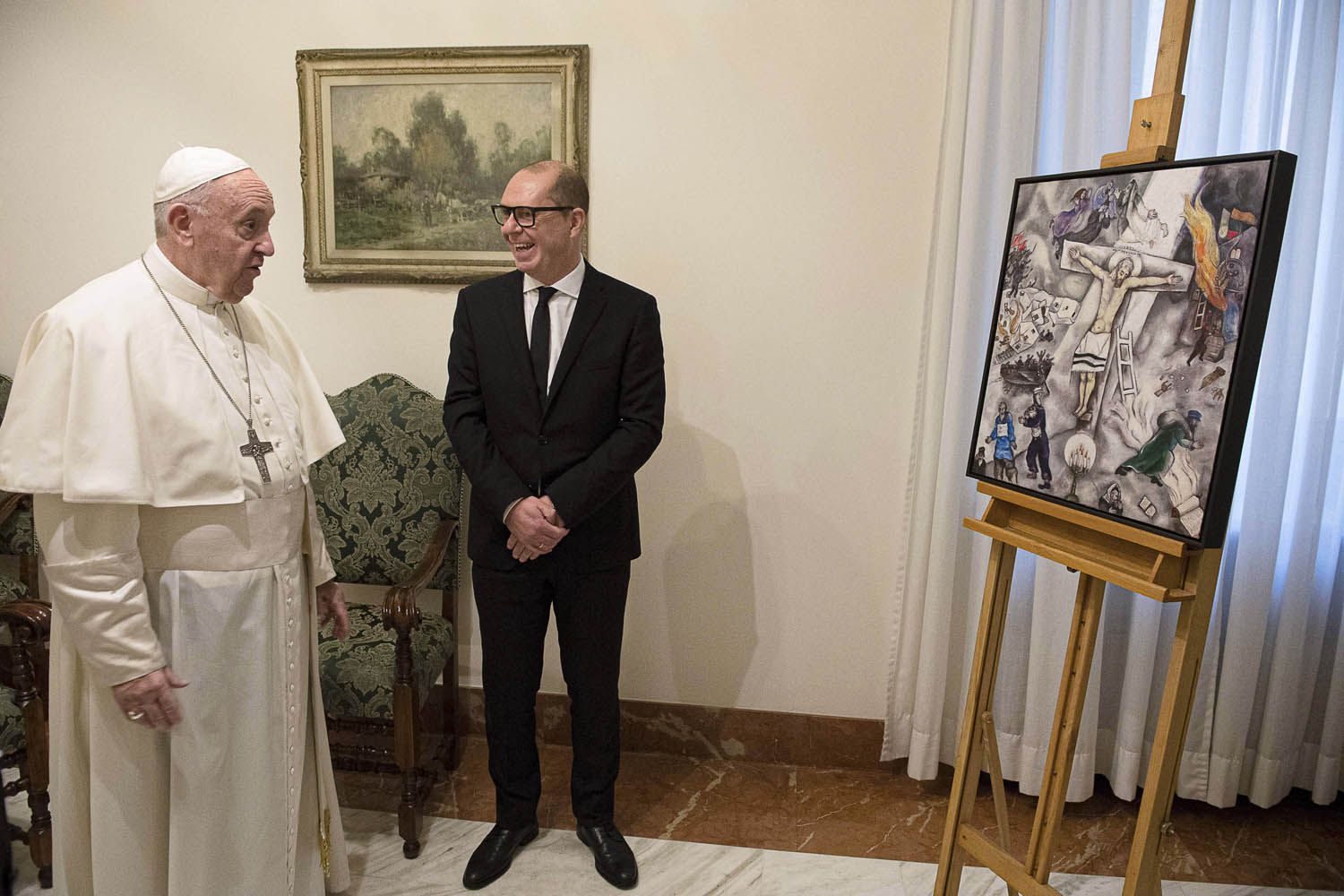
The latest creation of the Tifernate artist is the Jubilee Cross 2025, a double-faced brass crucifix.
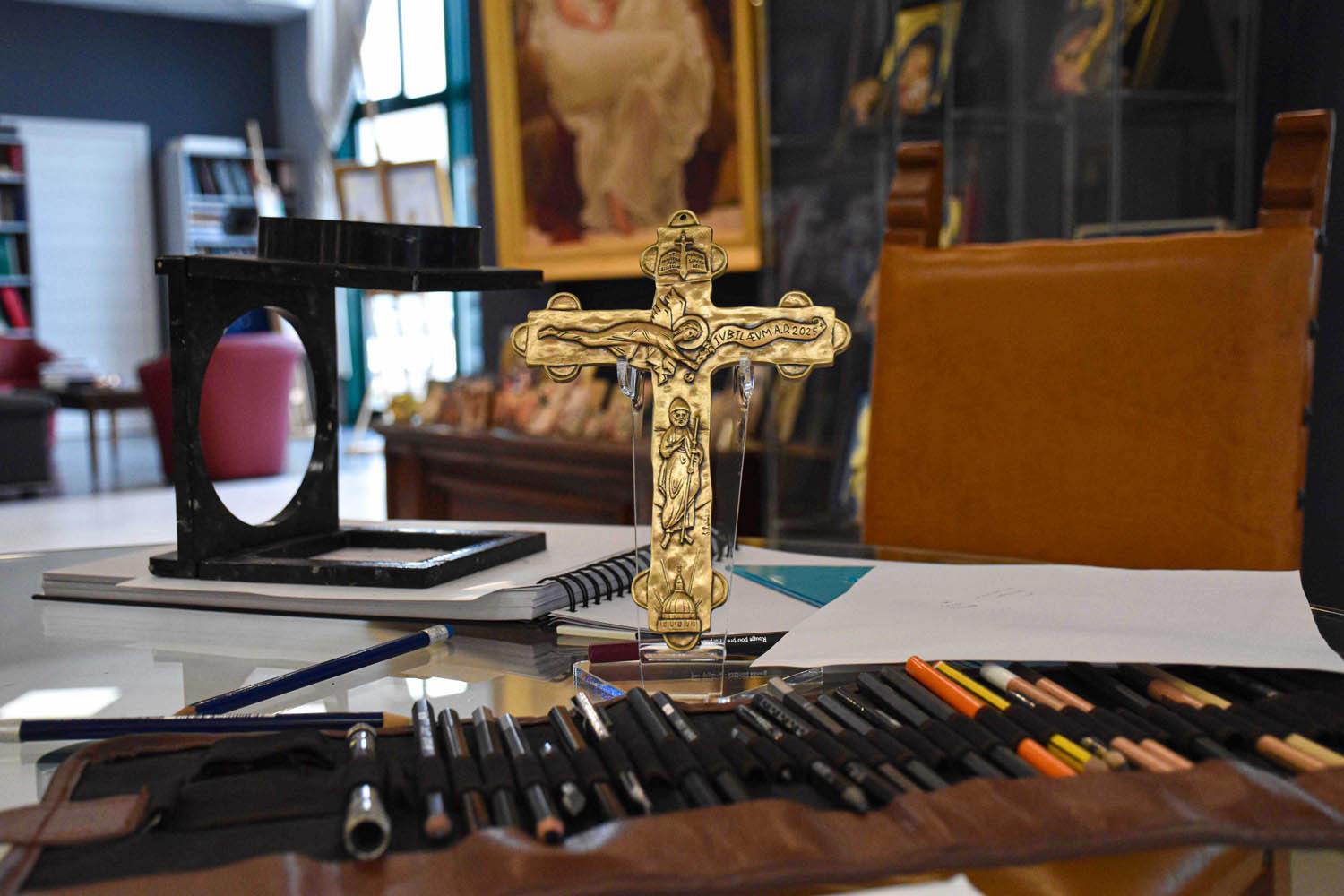
Città di Castello is a place where everything is steeped in art and culture: the streets, the countless churches, the historic buildings, and nature itself, which has been the backdrop for artists like Raphael Sanzio, Luca Signorelli, and the master Alberto Burri, a global icon of contemporary art.
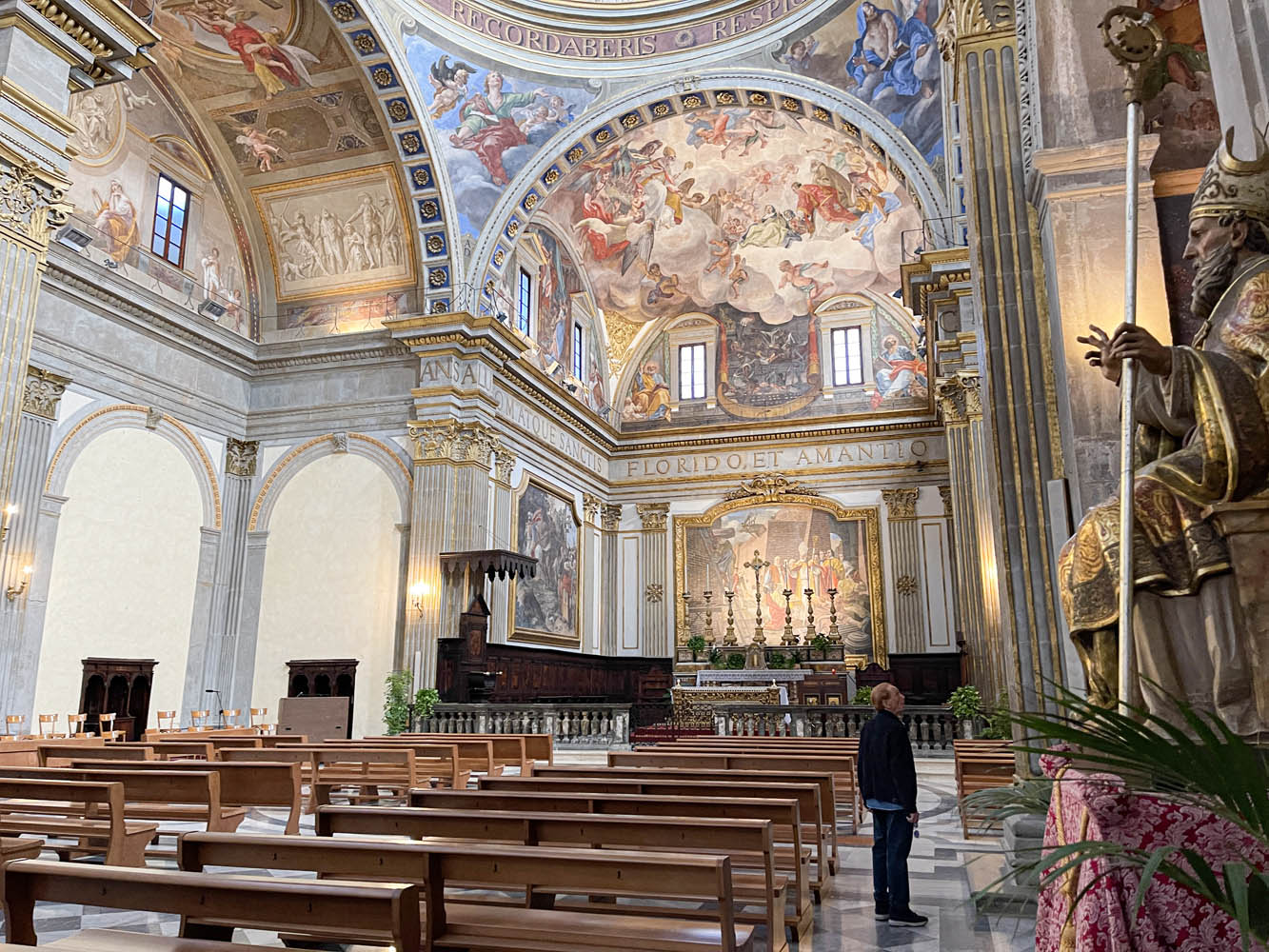
Here, in 1990, Stefano Lazzari founded the Tifernate Workshop, which studies and reproduces the ancient painting techniques lost over the centuries of the greatest authors of the Renaissance artistic panorama. The aim is to recreate any work of art on fresh plaster (fresco), canvas, or panel that evokes in the viewer the same emotions and moods as the original works. The “pictography” is born, an innovative technique in which science aids art. In 2000, Stefano obtained the patent for his ingenious invention, and his works, no longer considered mere copies, but real works of art, gradually achieve unimaginable milestones. Today, his pictographies are found in the most important museums in the world: the Vatican Museums, the Uffizi Gallery, the Metropolitan Museum of Art in New York, the Louvre in Paris, the British Museum in London.
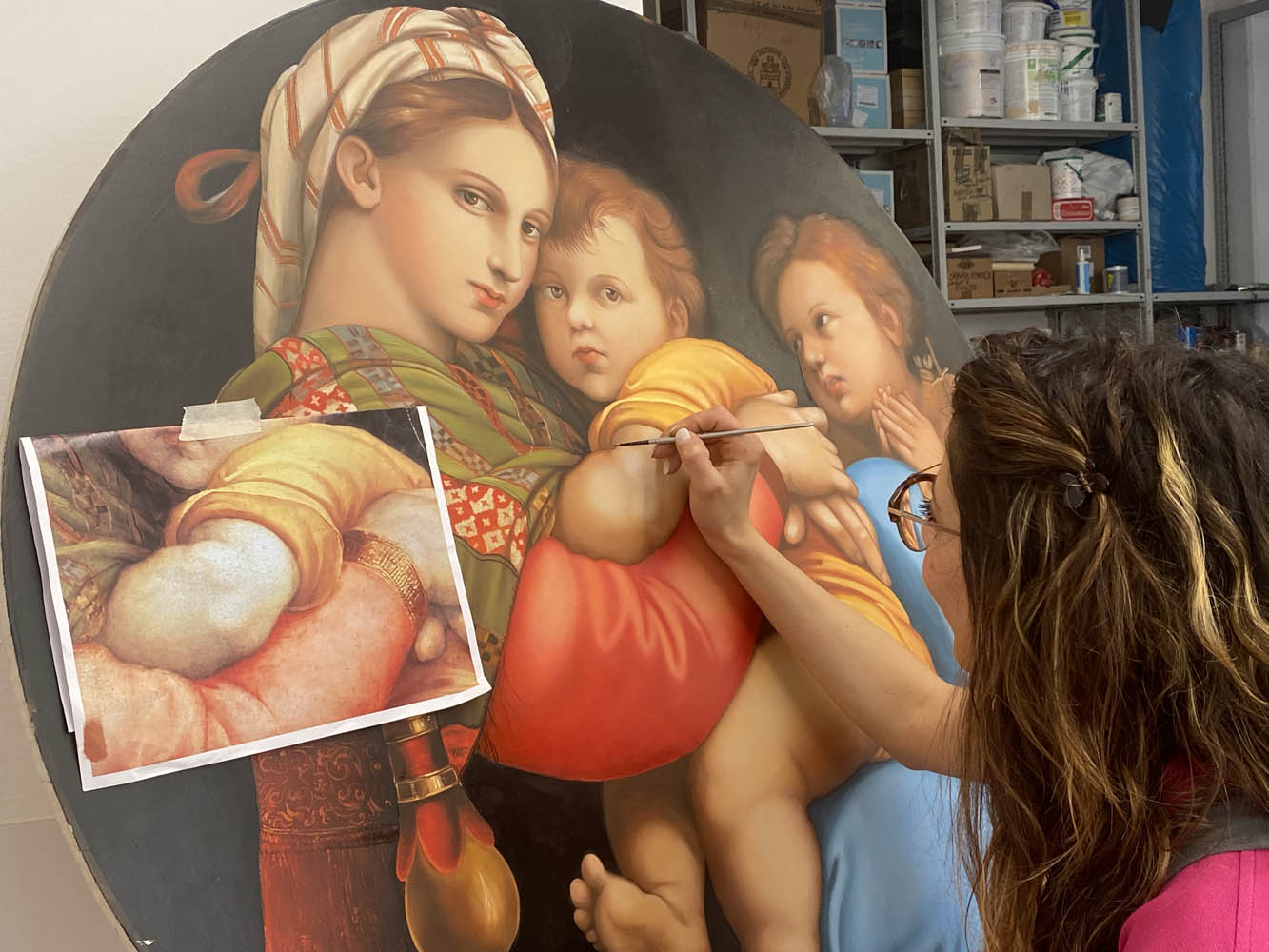
Stefano himself explains that pictography uses a machine that provides a color base that exactly recreates the aesthetics of the original painting. Above this “trace,” a sort of colored drawing, one intervenes manually with a very complex procedure. The projection of the image to be recreated is necessary because one must work with magnification, paying attention to every minute detail, on details even half a millimeter, for example, on the eyes, or on the folds of the garments.
The training of young artists.
Stefano works closely with his sister Francesca, his father Romolo, who has supported him from the beginning, and a team of young painters from Art Institutes and Academies from all over Italy who are included in a training program of 20, 40, or 60 hours.
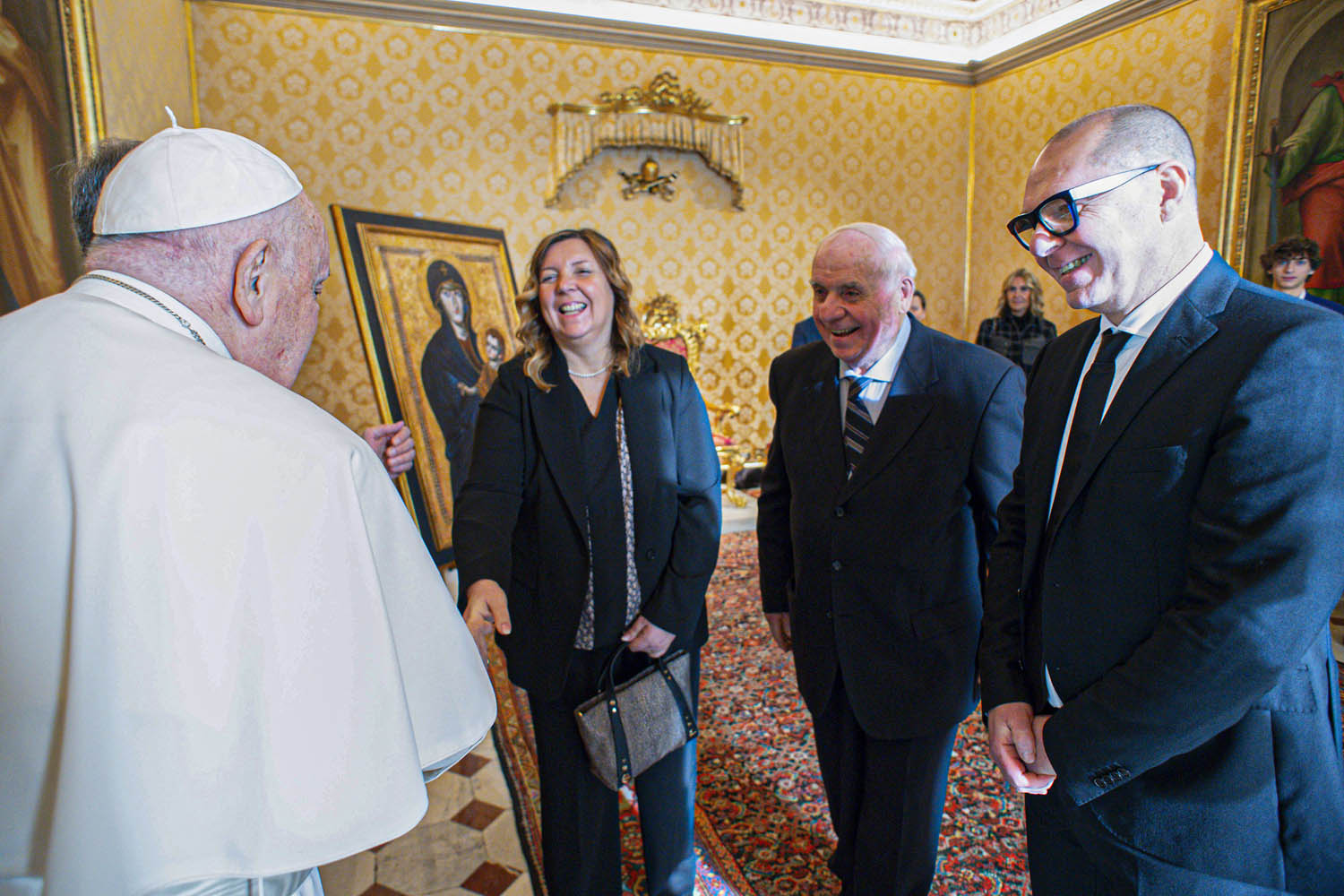
Stefano explains: “We take them to museums to observe paintings by Raphael, Leonardo, Perugino, or Pinturicchio to understand how a work was constructed 500 years ago. In the workshop, we teach them the preparation of color, the study of the chemistry associated with pigments, how ultramarine is used, emerald, how lapis lazuli is made, gesso preparation, the use of slaked lime and sand, how to prepare panels, canvases, and frescoes.
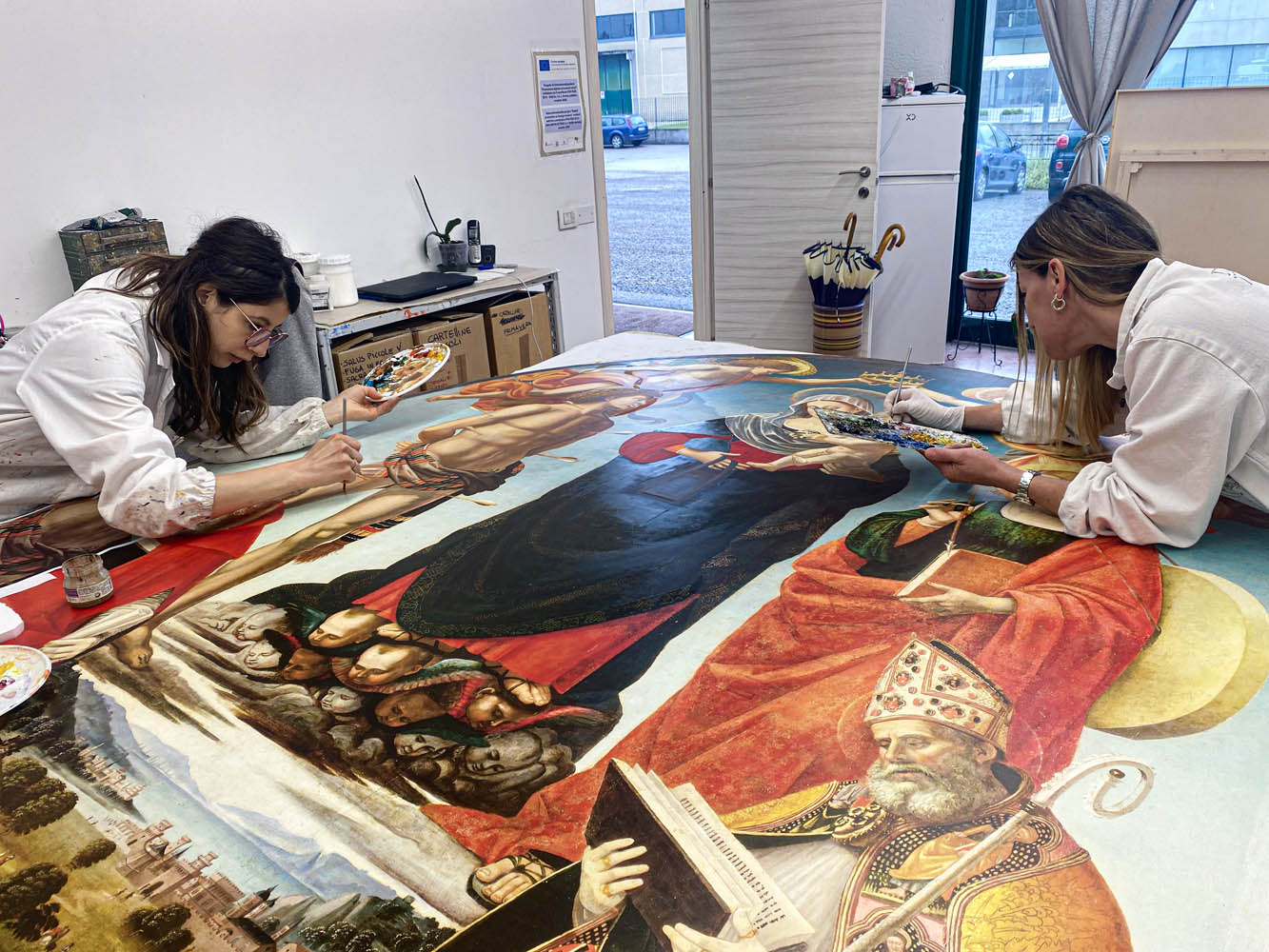
The work is the result of everything that was traditionally used in the artisan workshops of the time. Rabbit glue is also essential and is prepared with rabbit bones mixed with Bologna gypsum; when heated, it becomes a compound that is spread hot on canvas or panel, but if allowed to cool, it turns into plaster. We use this material for gessoing or puttying panels, exactly as the great artists did in the Renaissance period.”
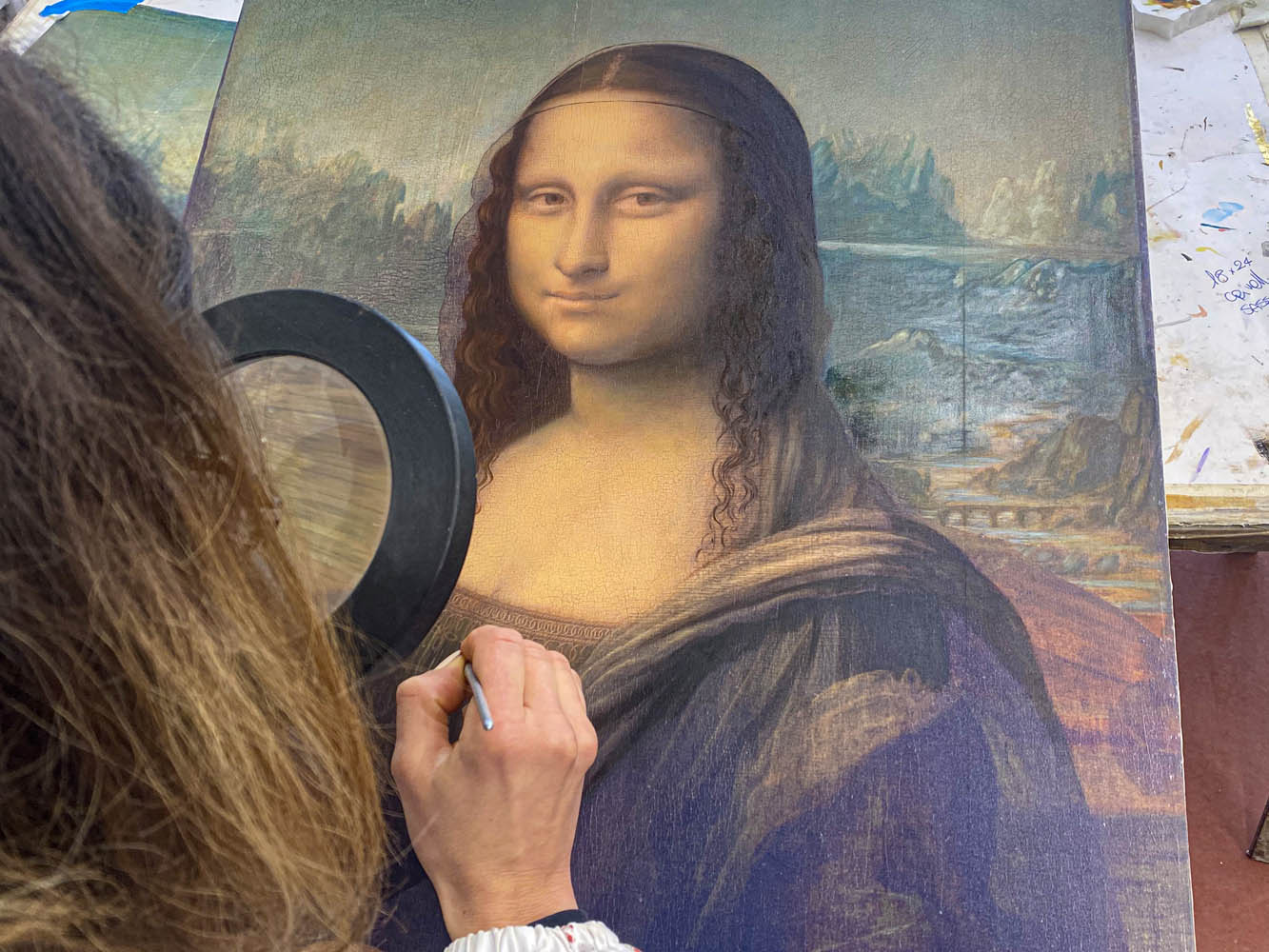
“Not everyone will stay with us, but they will have received a solid foundation to create their own work, or rather, their masterpiece. It’s a commitment useful also at a social level,” says Stefano Lazzari: “The beauty is there, you learn a way of working that can provide a future and foster the birth of new artists.”
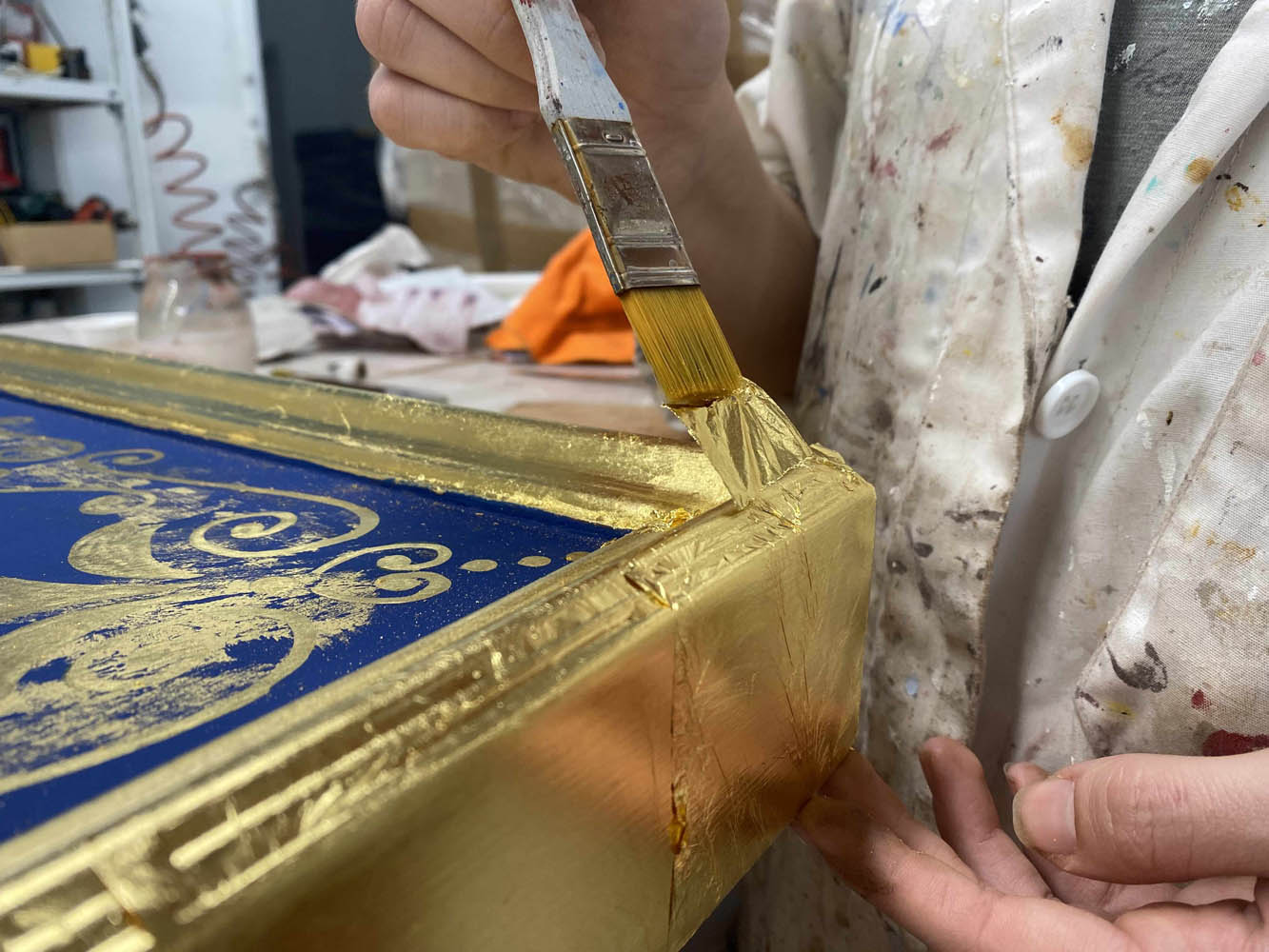
The successes of the Tifernate Workshop in the world.
Over the years, the Tifernate Workshop has achieved significant successes also linked to Professor Antonio Paolucci, who recently passed away and was a mentor to this activity from 1997 to 2015. “He helped us – Lazzari continues – to get in touch with restorers, chemists, and restoration laboratories. Thanks to him, we have carried out important works: the first in 2006 at the Castello di Ferrara through the reproduction of 20 works for the “Camerini del Principe” Alfonso I d’Este visible in the museum path of the Estense Castle, with original paintings by Dosso Dossi, Bellini, and Titian. In 2007, we created pictographic works for the Ducal Palace of Vilnius, Lithuania, which was reconstructed after its destruction in the nineteenth century.
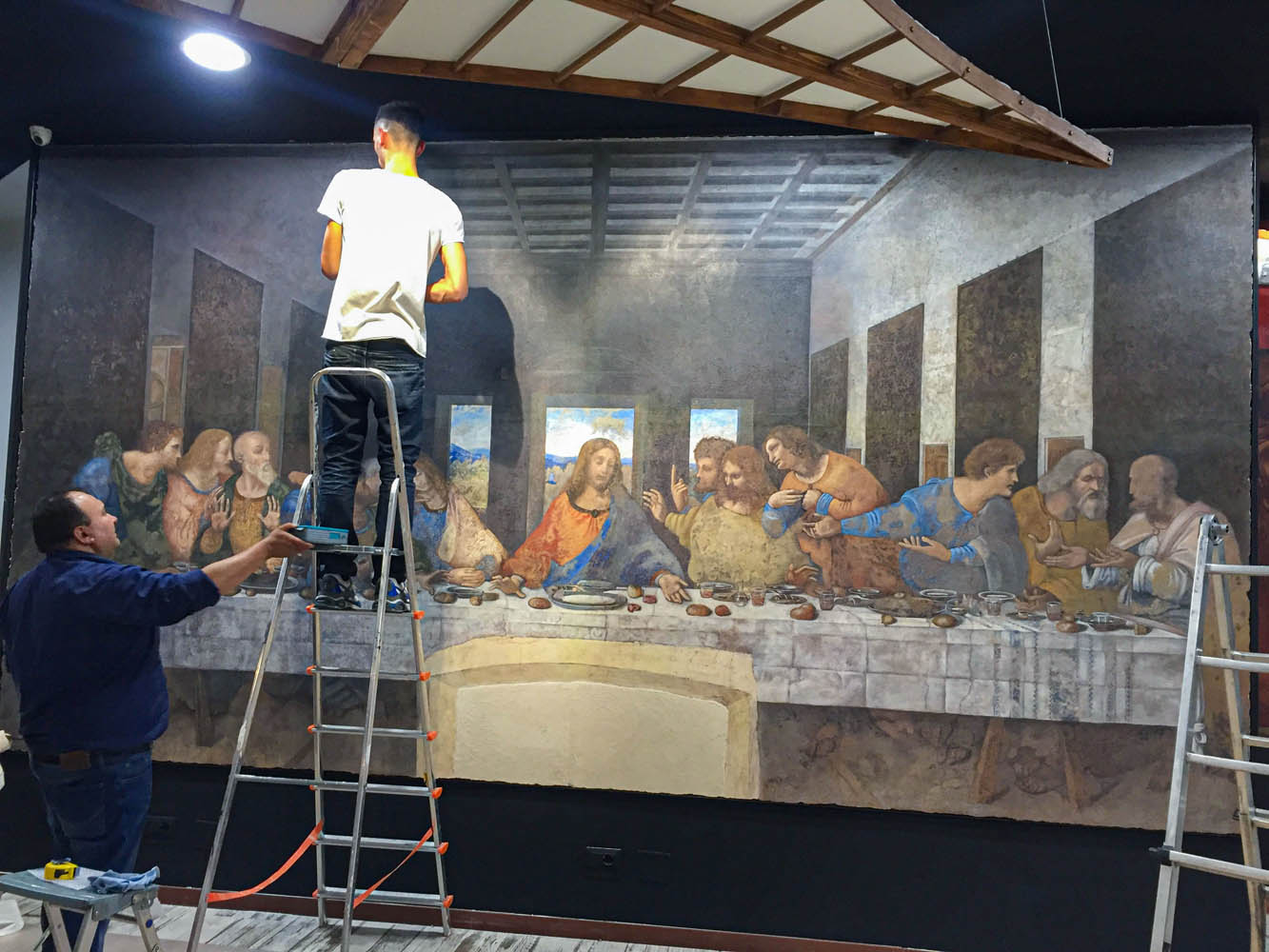
And then the Leonardo Da Vinci Museum, a permanent Pinacoteca of 23 paintings with museum quality, since 2016 in Rome, in via della Conciliazione, which boasts 120,000 visitors a year, including many schools from all over Italy who come to see the complete pictorial work of the great artist.
We created the second Leonardo museum in France, in the Loire, at the Château de Clos Lucé where the artist spent the last four years of his life. The museum shows four environments as they were in Leonardo’s time, where he ate, worked, studied, and slept, with furniture and utensils used by him.”
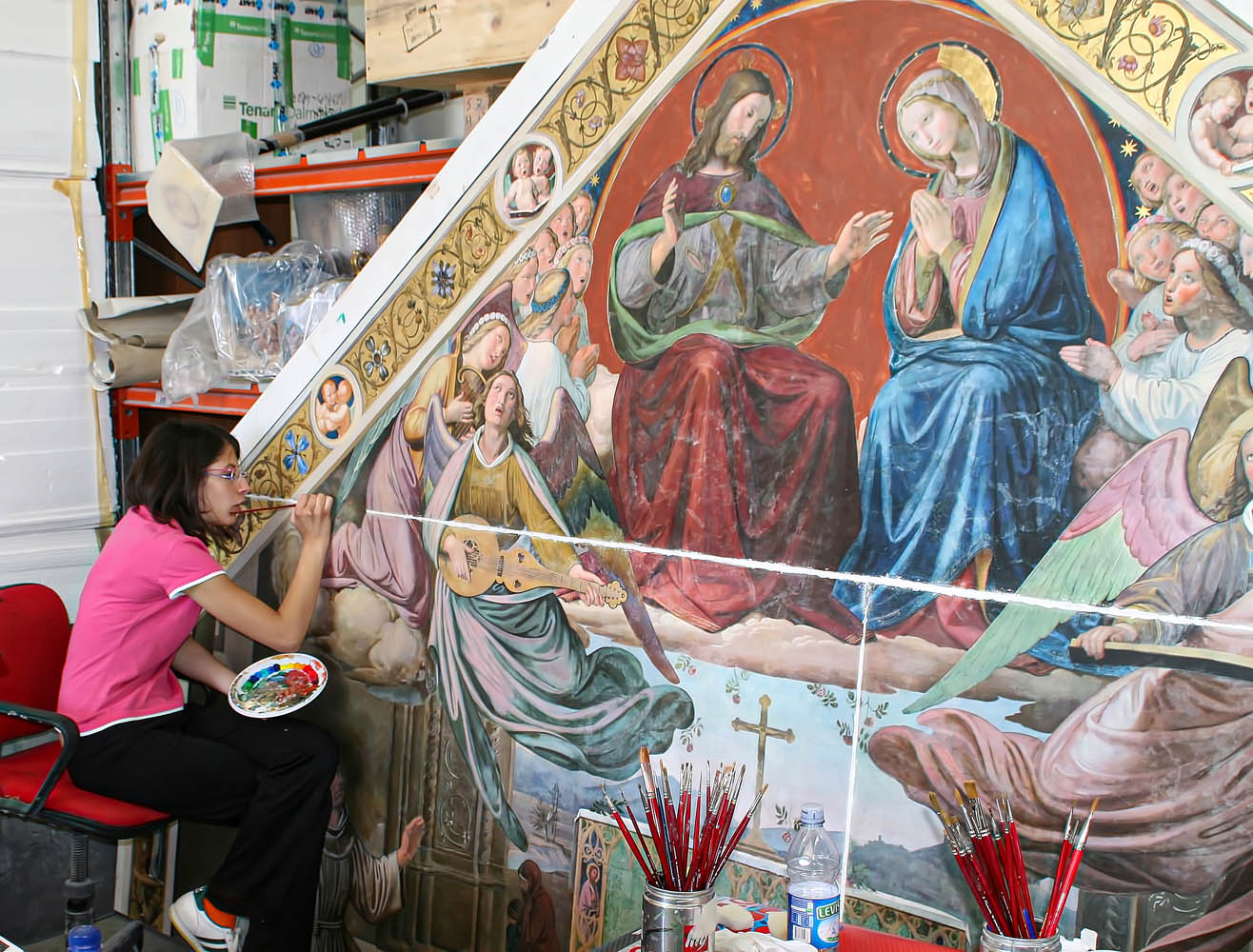
“For Pope Benedict, we reproduced the Porziuncola of Saint Francis of Assisi, in the city of San Francisco, later transported to the permanent museum in South Korea where we are working on an exhibition that may become permanent, on the Italian ‘400 and ‘500. Also for Korea, we are considering the idea of another museum dedicated to Leonardo Da Vinci, with the realization on a 1:1 scale of all the works attributed to him. A series of monothematic collections from Raphael to Titian and Michelangelo, Perugino and Signorelli are planned, where a resident citizen in Korea or any country in the East can see the entire collection of their works.”
Future projects.
Stefano’s creativity does not stop here because he becomes the author of contemporary art, large-sized temperas on board, some of which were exhibited in 2023 at the evocative Museum of the Walls located at Porta San Sebastiano, in Rome. The exhibition’s scenario is the protagonist of the works themselves: the ancient views of the Aurelian Walls and the park in which they are immersed are elaborated in a modern key, shrunk or enlarged, in a spectacular play of bright colors and minimalist lines, a series of eight rounds placed between the arches’ vanishing points and a polyptych of fourteen elements among the elegant mosaics of the exhibition halls dominated by imposing medieval towers.
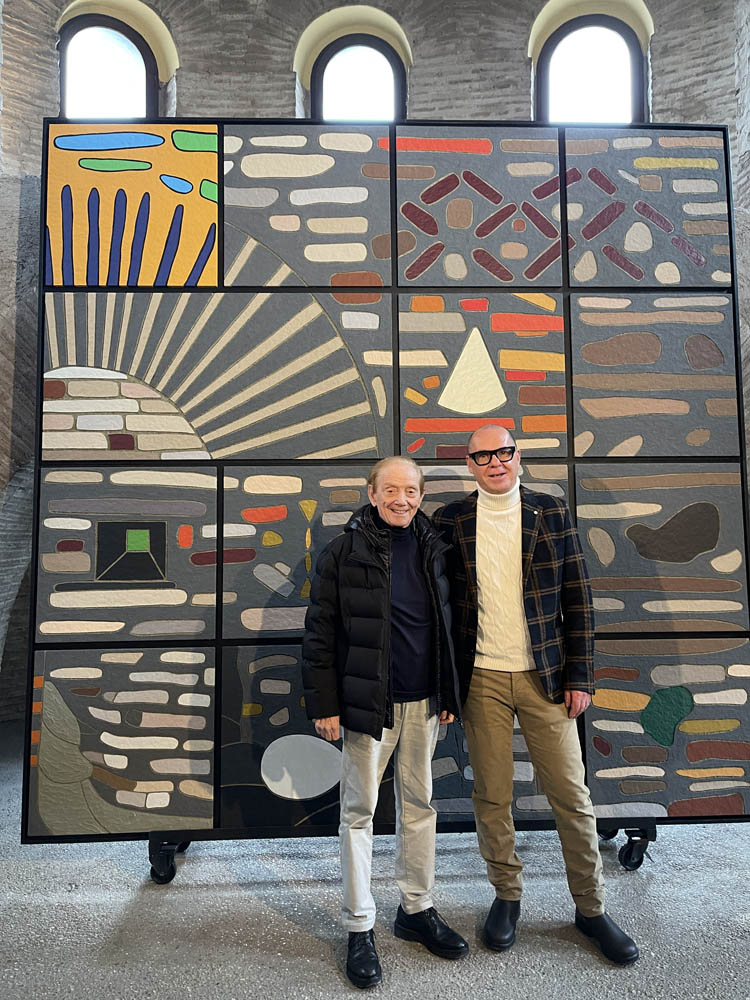
Speaking with Stefano Lazzari, one feels the love and passion for art, experienced as a way to look at and read oneself inside, thoughts transform into colors, artistic language transfigured in the search for details and finishes: passion, the only paradigm with which art can be conjugated.
Fotogallery
Giornalista detentore dal 2015 del Guinness World Records TV e Ambasciatore Borghi più Belli d’Italia.
Leggi in:
![]() Italiano
Italiano





